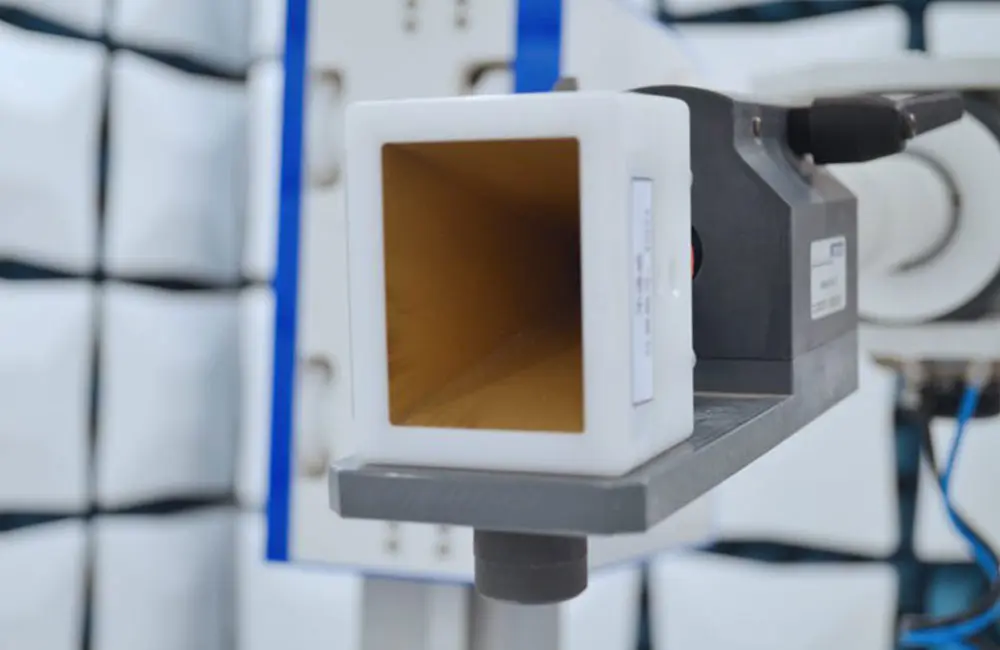
ASTM F963 Heavy Metal Toys
The ASTM F963 toy testing is designed to help manufacturers and relevant practitioners ensure their products comply with U.S. safety standards.
Identify Applicable Standards and Scope
① Standard Version:Confirm the latest version of ASTM F963 (e.g., 2023 edition) and cross-check mandatory requirements from the U.S. CPSC.
② Product Classification:Determine testing focus based on the toy’s intended age group (e.g., 0–3 years, 3–6 years). For example, small parts testing is mandatory for toys intended for children under 3 years.

Material Review and Sample Preparation
① Material List:Collect safety data sheets (SDS) for all materials (plastics, coatings, textiles, etc.) to ensure no prohibited substances are present.
② Sample Quantity:Prepare sufficient samples (typically 35 units) for different testing items.
Physical and Mechanical Performance testing
1. Small Parts Test (for toys under 3 years):
① Use a “small parts cylinder” (diameter 31.7 mm) to check if components can be swallowed.
② Conduct a pULl test (90 N held for 10 seconds) and drop test (drop from 85 cm height five times) to ensure no small parts detach.
2. Sharp Edges and Points:
① Sharp edges:Assess using a RED-line gauge (≤0.5 mm radius considered sharp) or tactile evaluation.
② Sharp points:Use a tip tester (apply 4.5 N force; if it pierces a film, it fails).
3. Other Mechanical Hazards:
① Moving gaps:Check for finger pinching risks (gaps of 5–12 mm must meet requirements).
② Projectile hazards:Test projectile kinetic energy (≤0.08 J) and blunt any sharp tips.
Flammability Testing
Burn Rate:Conduct horizontal/vertical burn tests on hair, textiles, and other materials (burn rate must be ≤30 mm/s).
CheMICal Toxicity Testing
1. Heavy Metal Migration (per CPSC method or en 71-3):
Lead (≤100 ppm), Cadmium (≤75 ppm), Mercury, and 8 other heavy metals.
2. Phthalates (per CPSC requirements):
DEHP, DBP, and 6 other plasticizers ≤0.1%.
Total Lead Content (surface coatings):≤90 ppm (per U.S. cpsia requirements).
Labeling and Warning Checks
① Age Warnings:Indicate “Not for children under 3 years” if small parts are present.
② Manufacturer Information:Clearly display origin, company name, and address.
③ Compliance Mark:e.g., “ASTM F963 Compliant.”
Laboratory Testing and Reporting
① Select Laboratory:Ensure the lab is CPSC-recognized or ISO 17025 certified.
② Testing Cycle:Typically 7–10 business days (may be longer for complex items).
③ Test Report:Obtain a detailed report listing pass/fail items.
Email:hello@jjrlab.com
Write your message here and send it to us
 WEEE Registration for Waste Electrical &Electr
WEEE Registration for Waste Electrical &Electr
 MSDS Chemical Safety Testing
MSDS Chemical Safety Testing
 What Are the Differences Between UK REACH and EU R
What Are the Differences Between UK REACH and EU R
 E-Cigarette GB 41700 Compliance Testing
E-Cigarette GB 41700 Compliance Testing
 What Are the Testing Items of California Propositi
What Are the Testing Items of California Propositi
 E-Cigarette EU TPD Testing
E-Cigarette EU TPD Testing
 Testing Certification for E-cigarettes Exported to
Testing Certification for E-cigarettes Exported to
 What is Amazon US CPC Certification?
What is Amazon US CPC Certification?
Leave us a message
24-hour online customer service at any time to respond, so that you worry!




